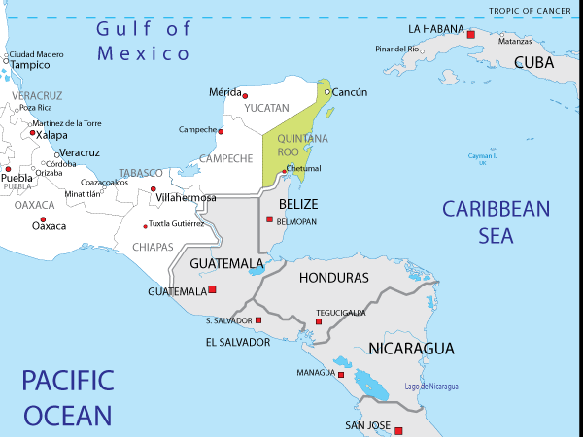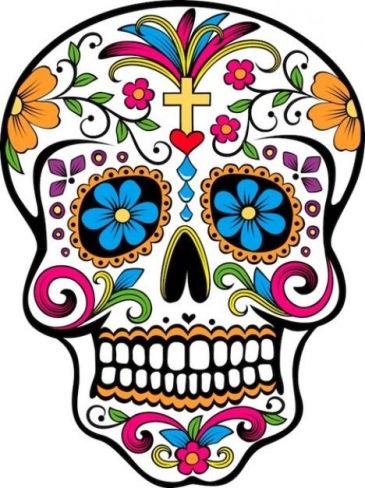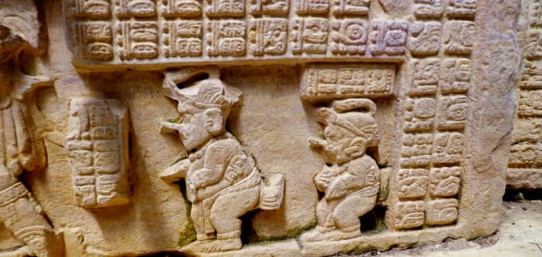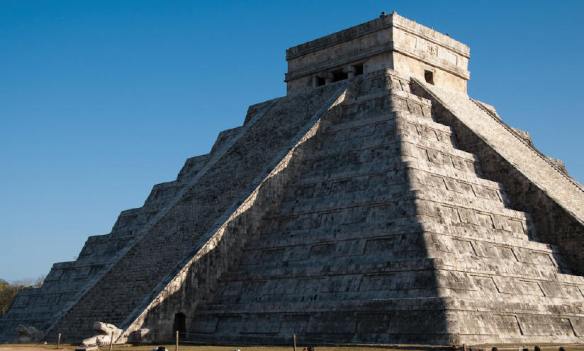
Recent History of Cancun and Quintana Roo
Following Mexico’s independence from Spain, national boundaries in the Yucatán region were disputed by Guatemala, Belize which was then a colony of Great Britain, and Mexico. This border issue was finally resolved by the Marshall Saint John Treaty. He established what is now the border between Belize and Mexico on the Hondo River at the southern end of Quintana Roo.
Throughout the 19th century, the native population of the Yucatán Peninsula frequently rebelled against the Mexican government. They were finally subdued at the beginning of the 20th century, and Quintana Roo became a separate territory on November 24, 1902, by decree of President Porfirio Díaz. Continue reading →




 Tulum sits on the edge of a cliff facing looking out over the vast turquoise ocean. No wonder Tulum is one of the most-visited Mayan ruins in Mexico -it truly is one of the most magical places on Earth.
Tulum sits on the edge of a cliff facing looking out over the vast turquoise ocean. No wonder Tulum is one of the most-visited Mayan ruins in Mexico -it truly is one of the most magical places on Earth.


